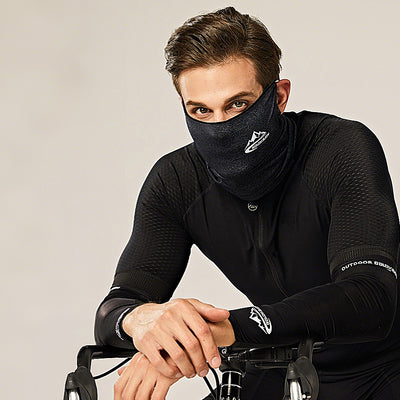What part of your body is cycling good for?
Cycling is beneficial for multiple parts of the body, offering a full-body workout that combines cardiovascular exercise with muscle engagement. Here’s a detailed breakdown of the specific body parts and the benefits they gain from cycling:
-
Leg Muscles:
-
Quadriceps: Located at the front of the thighs, these muscles are crucial for extending the knees while pedaling, helping push the pedals downward.
-
Hamstrings: On the back of the thighs, they flex the knees and assist in pulling the pedals upward, improving pedaling efficiency.
-
Calves: The gastrocnemius and soleus muscles in the lower legs help with ankle movement and pushing the pedals, enhancing stamina.
-
Glutes: The gluteus maximus and medius power the downward stroke of the pedals, building strength and shaping the buttocks.
-
Joints:
- Knees and ankles experience low-impact movement, making cycling ideal for those with joint issues (unlike high-impact sports like running).

-
Core Muscles:
- The abdominal and lower back muscles work to stabilize the torso, maintaining balance and posture while cycling. This improves core strength and reduces lower back pain over time.
-
Upper Body:
-
Shoulders and Arms: Holding the handlebars engages the shoulder muscles and triceps/biceps, promoting upper-body endurance (though the focus is less than on the lower body).
-
Back Muscles: The latissimus dorsi and rhomboids help keep the back straight, preventing slouching and improving posture.
- Cycling is an aerobic exercise that:
- Strengthens the heart muscle, improving its efficiency in pumping blood.
- Increases lung capacity and oxygen intake, enhancing overall cardiovascular fitness.
- Reduces the risk of heart disease, high blood pressure, and stroke.
- Cycling burns calories (typically 400–750 per hour, depending on intensity) and boosts metabolism, aiding in weight loss or maintenance.
- It builds lean muscle mass, which further increases calorie burn even at rest.
- While not a physical body part, the mental benefits are significant:
- Reduces stress and anxiety by releasing endorphins (the “feel-good” hormones).
- Enhances focus and mindfulness, especially when cycling outdoors in nature

- Cycling improves overall body control, as maintaining balance on the bike requires coordination between the legs, core, and upper body. This is particularly beneficial for older adults to prevent falls.

- Cycling Fingerless Gloves
Cycling stands out as a low-impact activity that targets the lower body muscles (legs and glutes) most intensively, while also engaging the core and upper body for stability. It offers profound cardiovascular benefits and supports mental well-being, making it an ideal exercise for full-body health and fitness. Whether for daily commuting or recreational riding, the physical rewards span from muscle toning to heart health—making it a versatile and effective workout.









